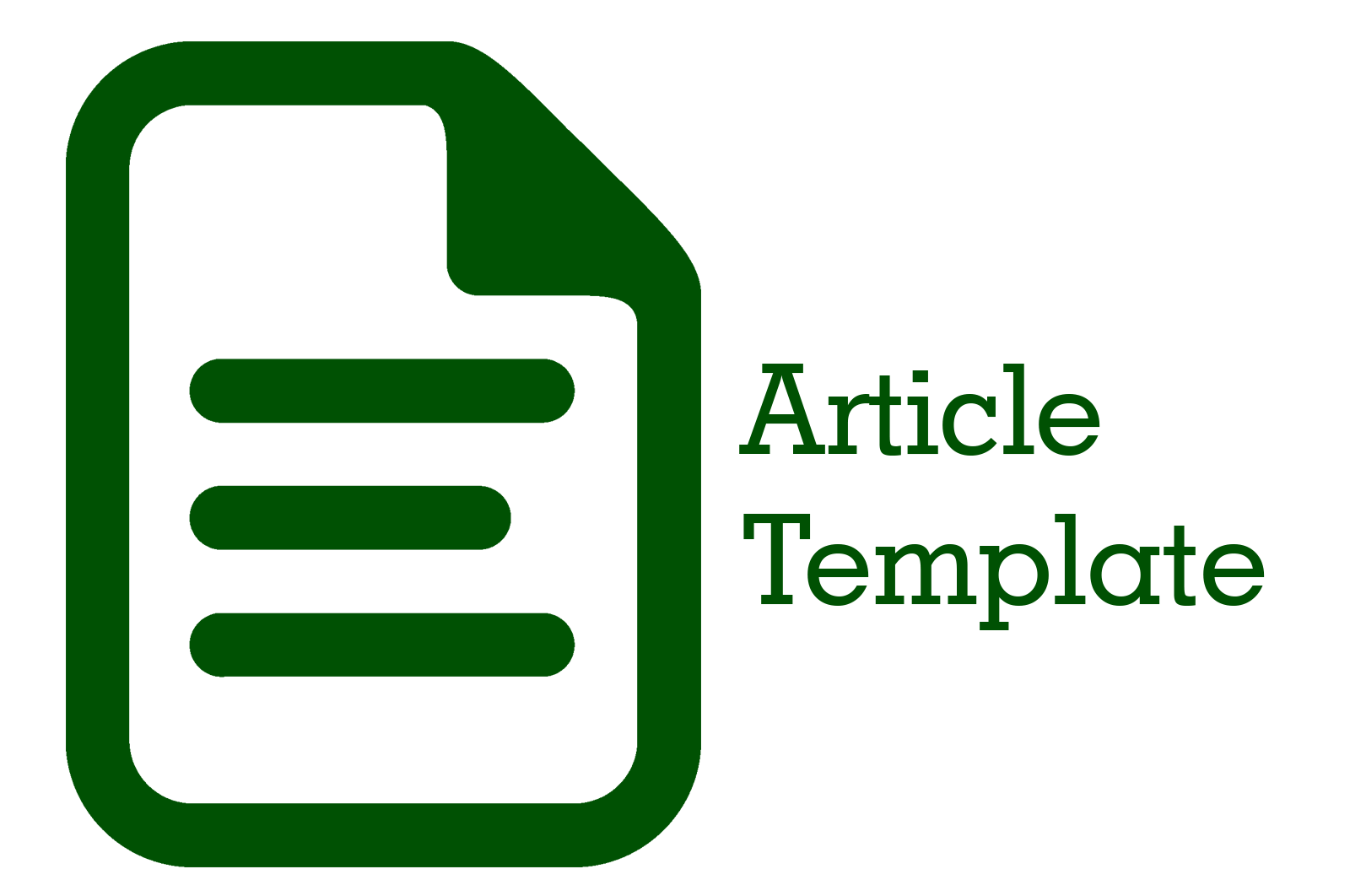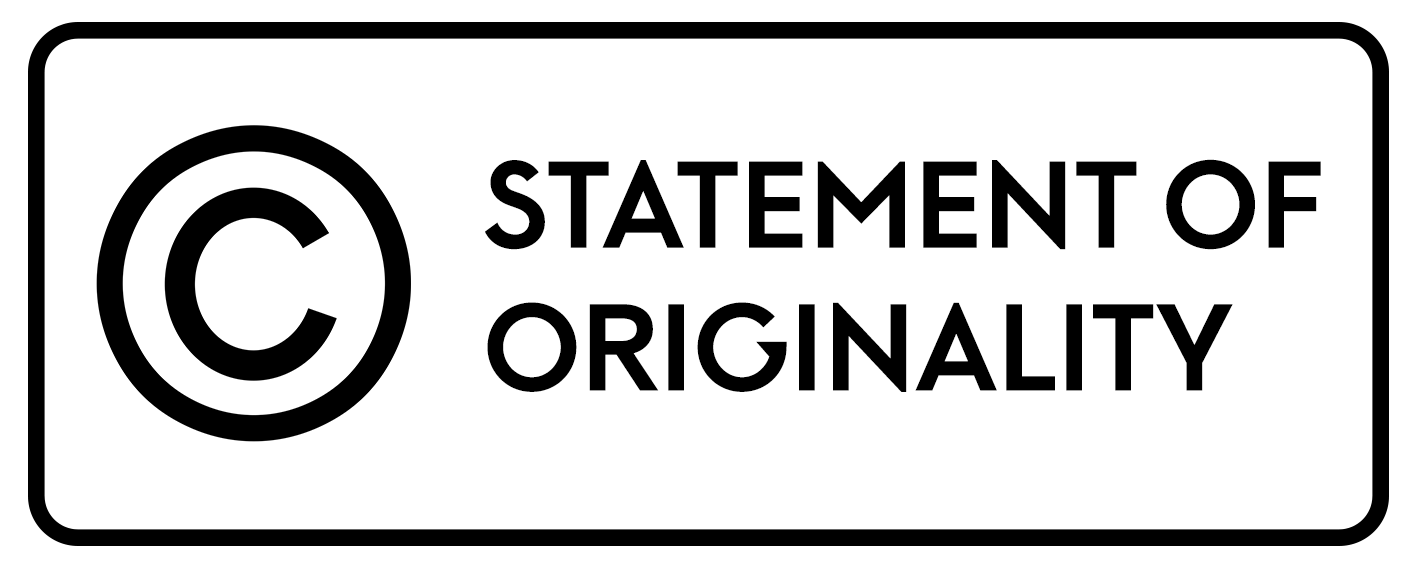Cognitive Discourse Analysis of Metaphor in Dhain’s 2020 Drama “Flower and Knife”
 Abstract views: 465
,
Abstract views: 465
,
 PDF downloads: 249
PDF downloads: 249
Abstract
This paper presents a critical analysis of “FLOWER AND KNIFE” by Ahmed Yasir Dhain. It was written in 2020. The play represents two couple of notions “love and hate” “flower and knife". Those notions are represented by the number of characters who reflect our views about life. The writer has shown contrastively those notions, which would be in contrastive till unknown time. The study is based on cognitive metaphor analysis, especially the conceptual metaphor. Since the analysis of conceptual metaphor has an important role in discovering the attended messages and the real meaning of the dramatic text through the mapping between the source domain and the target domain. It is also important to discover the ability of the writer to add some new concepts and change the existing ones. The study follows Kövecses' 2002 Conceptual Metaphor Model. It deals with the three types of cognitive metaphor, they are structural, orientational, and ontological. The study is qualitative, it attends to describe and analyze the data critically. It shows how different discourse structures can be critically analyzed by cognitive perceptions. The study aims to analyze the conceptual metaphor as a critical tool. It tries to discover the language's role in constructing concepts through using dramatic devices, especially conceptual metaphors. It aims to criticize the concepts of love, hate, flower, and knife and how they can influence our thoughts and construct new ones. It also aims to find out the connection between conceptual metaphor and critical discourse analysis. Based on the paper literature review and the result of data analysis, the study finds that the play is full of conceptual metaphor expressions which attend to a conceptual change. It shows that the conflict between love and hate is a conflict between man and woman in society. Women can be flowers and knives at the same time. The paper shows that the writer has used all the three types of conceptual metaphor in order to support the love purity which can destroy all hates. He wants to tell us that love can be a source of life.
Downloads
References
Amoussou, F., & Allagbe, A. A. (2018). “Principles, theories and approaches to critical discourse analysis”. International Journal on Studies in English Language and Literature, 6(1), 11-18. https://www.arcjournals.org/international-journal-on-studies-in-english-language-and-literature/volume-6-issue-1/2
Andresen, J. T., & Carter, P. M. (2016). Languages in the world: How history, culture, and politics shape language. John Wiley & Sons.
Beard, A. (2000). Language and Politics. New York: Oxford University Press.
Fairclough, N. (2013). Critical discourse analysis. R. Wodak (Ed.). Los Angeles: Sage.
Flowerdew, J., & Richardson, J. E. (Eds.). (2018). “The Routledge handbook of critical discourse studies”. (pp. 2-62). London: Routledge.
Gibbs, Raymond W., Jr. (2014a). “Conceptual metaphor in thought and social action In Mark J. Landau, Michael D. Robinson, and Brian P. Meier”. (eds.), 17-40. https://psycnet.apa.org/doi/10.1037/14278-002
Hampe, B. (Ed.). (2017). “Metaphor: Embodied cognition and discourse”. Cambridge University Press.
Hart, C. (2010). “Critical discourse analysis and cognitive science: New perspectives on immigration discourse”. Springer. https://doi.org/10.1057/9780230299009
Hart, C. (2014). “Cognitive Linguistics and Critical Discourse Analysis”. Lancaster University.
Hart, C. (2018). “Event-frames affect blame assignment and perception of aggression in discourse on political protests: An experimental case study in critical discourse analysis”. Applied Linguistics, 39(3), 400-421. https://doi.org/10.1093/applin/amw017
Heritage, J. (2005). “Cognition in discourse. Conversation and cognition”, 184-202. https://doi.org/10.1017/CBO9780511489990
Johnson, E. (2005). “Proposition 203: A critical metaphor analysis”. Bilingual Research Journal, 29(1), 69-84. https://eric.ed.gov/?id=EJ724698
Khan, M. M. H. (2019). “The Conceptual Metaphor LOVE IS A JOURNEY in Bengali Language”. Volume, 2, 319-329. https://doi.org/%2010.32996/ijllt.2019.2.5.36
Kövecses, Z (2011). “Methodological issues in conceptual metaphor theory”. Windows to the mind: Metaphor, metonymy and conceptual blending, 23-40. http://dx.doi.org/10.1515/9783110238198.23
Kövecses, Z. (2002). Metaphor: A Practical Introduction. Oxford: Oxford University Press.
Kövecses, Z. (2017). “Conceptual metaphor theory”. The Routledge handbook of metaphor and language, 13-27.
Lakoff, G and Johnson, M. (1980). Metaphors We Live By. Chicago: The University of Chicago Press.
Lakoff, G. (1993). “The contemporary theory of metaphor”. California Digital Library University of California. https://escholarship.org/uc/item/4nv3j5j9.
Lakoff, G., & Johnson, M. (1980). Conceptual metaphor in everyday language. The journal of Philosophy, 77(8), 453-486. https://doi.org/10.2307/2025464
Leezenberg, M. (2009). “From cognitive linguistics to social science: Thirty years after Metaphors We Live By”. Cognitive Semiotics, 5(1-2), 140-152. https://doi.org/10.1515/cogsem.2013.5.12.140
Mogashoa, T. (2014). “Understanding critical discourse analysis in qualitative research”. International Journal of Humanities Social Sciences and Education, 1(7), 104-113.
Muntigl, P. (2010). “Cognition: A missing link in mainstream CDA?”. In Diskurs: Politik: Identität: Festschrift für Ruth Wodak= Discourse: politics: identity (pp. 175-183). Stauffenburg Verlag.
Musolff, A. (2012). “The study of metaphor as part of critical discourse analysis”. Critical discourse studies, 9(3), 301-310. https://doi.org/10.1080/17405904.2012.688300
Richardson, J. and Flowerdew, J. (eds.), Handbook of Critical Discourse Studies. London: Routledge. pp.77-91.
Salma, N. F. (2018). Exploring Van Dijk: Critical Discourse Analysis’s Aims. FKIP Universitas Lancang Kuning. https://doi.org/10.31227/osf.io/mwrnq
Tannen, D., Hamilton, E. H., and Schiffrin, D. (2015). The Handbook of Discourse Analysis. John Wiley & Sons, Inc
Tenorio, E. H. (2011). “Critical discourse analysis, an overview”. Nordic journal of English studies, 10(1), 183-210. http://dx.doi.org/10.35360/njes.247
Van Dijk, T. A. (1990). “Social cognition and discourse”. Handbook of language and social psychology, 163-183. https://psycnet.apa.org/record/1990-99077-008
Van Dijk, T. A. (1993). “Principles of critical discourse analysis”. Discourse & society, 4(2), 249-283. https://doi.org/10.1177/0957926593004002006
Van Dijk, T. A. (2009). “Critical discourse studies: A sociocognitive approach”. In R.
Van Dijk, T. A. (2009). “Critical discourse studies: A sociocognitive approach”. Methods of critical discourse analysis, 2(1), 62-86. http://dx.doi.org/10.1075/z.184.79dij
Van Dijk, Teun A. 1997. “Discourse as Interaction in Society.” Discourse as Social Interaction, Vol 2. Ed. Teun A. van Dijk. London: Sage. 1-37.
Wodak and M. Meyer (eds.) Methods of Critical Discourse Analysis (pp. 62-86). London: Sage.
Yasir, A. (2020). FLOWER AND KNIFE.
Yasir, A. (2020a). Island of Love A collection of poems. International Book Market Service Ltd. Members of ominiscriptum publishing groub
Yasir, A. (2020b). Lips and Tulips. International Book Market Service. Ltd. Members of ominiscriptum publishing groub.
Yasir, A. (2022) Letters and Flowers “Poems and Fantastes” Indian Ocean Ltd. Dodo Books. member of the Ominscriptum S.R.L Publishing group.
Copyright (c) 2024 Ansam Ghazi Abbood, Heevi Khaled Jamel, Khalid Ilias Basheer Gargary

This work is licensed under a Creative Commons Attribution 4.0 International License.

Jurnal Simki Pedagogia : https://jiped.org/index.php/JSP/index is licensed under a Creative Commons Attribution 4.0 International License.
















